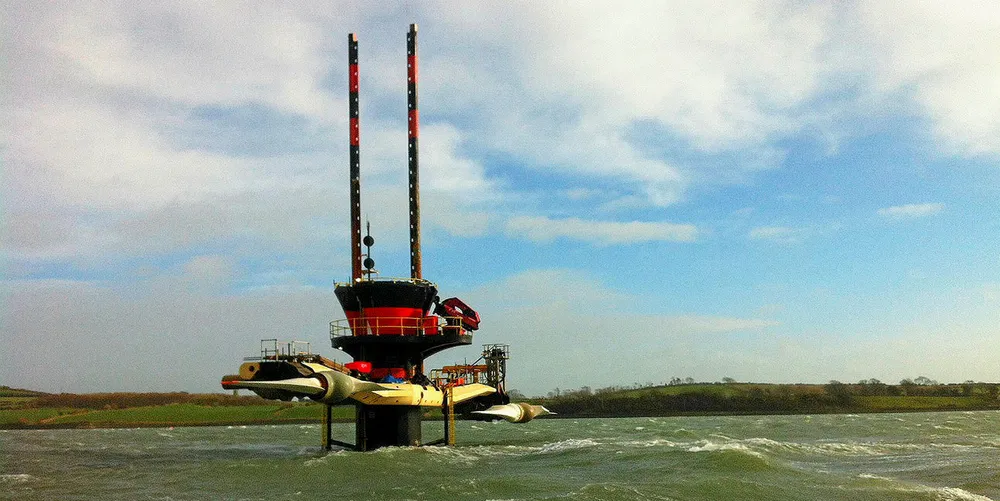Pioneering SeaGen tidal power turbine decommissioned
World's first industrial-scale design, installed in 2008 off Northern Ireland, produced over 11GWh over operating life

World's first industrial-scale design, installed in 2008 off Northern Ireland, produced over 11GWh over operating life
